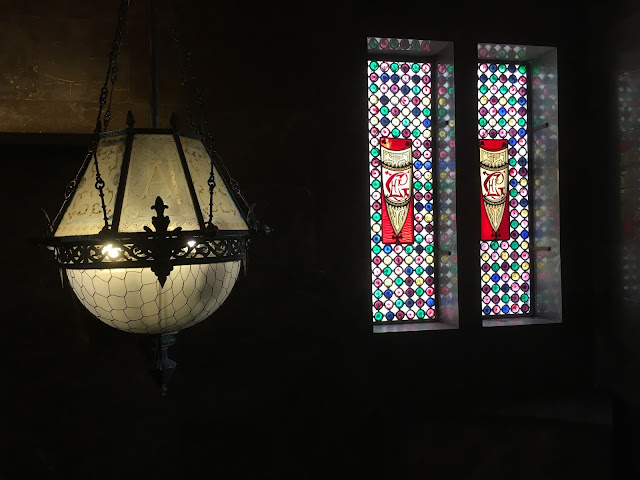 |
| Welcome to Schwäbisch Hall |
Schwäbisch Hall is a medium sized town in Southern Germany. It belongs to the province: Baden-Wurttemberg. The town includes mixture of old and modern buildings, but the old ones are very well preserved and picturesquely situated at the banks of the Kocher river. The river is situated in a valley, therefore the old town is located on the valley slopes, which gives even nicer impression.
 |
| Can be misleadingly considered as the most famous view of Rothenburg |
Second Rothenburg?
The climate inside the old town is very comparable to Rothenburg ob der Tauber, which is considered to be one of the most famous medieval towns in the World. What differs the towns the most is the landform (Rothenburg is located almost on the equal level). Buildings built on the slopes has two completely different ground floors and this makes them look even more cute - the masterpiece in building on the slopes we saw in Frias. On the other hand, only the residual parts of the town walls are preserved in Schwäbisch Hall. In Germany there are only three towns, which are surrounded by medieval city walls till this day, they are: Rothenburg ob der Tauber, Dinkelsbühl and Nordlingen.
Main square
 |
| St. Michael's church located at main square of Schwäbisch Hall |
 |
| Level difference seen on the main square of Schwäbisch Hall |
The main square in Schwäbisch Hall is very typical for medieval town. There are located: Town Hall, Church, some beautiful buildings and between them there is huge place. Although, we called it 'typical' it looks very nice and cozy.
 |
| Town Hall of Schwäbisch Hall |
Old town streets
Every street you would go from the main square you will feel the medieval climate. The streets are more narrow then in similar towns, because of the slopes. It is also very common that the buildings are expanding looking at following higher floors.
 |
| Street in the old town #1 |
 |
| Street in the old town #2 |
The medieval art was really developed in this region, which also testifies of the richness of the town in the past. There are more than few richly decorated portals (we cannot name it longed doors), which example you can see below.
Schwäbian little Venice
 |
| Schwäbian little Venice |
We already got used to compare any town which is nice and has some water in between to Venice. Therefore, we will also point it out here, there are three small islands connected with wooden or stone bridges, where nowadays people spend free time enjoying the regional beer.
 |
| Small advertisement, the beer was good - as always, we took the wheat one:) |
Dragons in the city
 |
| Dragon holding the signboard |
During the walk through the town we observed several likenesses of dragons, not only on old-styled signboards, but also in gargoyles. But we have no ides if the dragons has any special meaning for the town's history.
 |
| Dragon's head as a gargoyles |
Modern art
We are not the artists or any Art experts, but these extraordinary handrails also caught our attention.
 |
| Handrail part 1 |
 |
| Handrail part 2 |
Grosscomburg
 |
| View on the monastery from the entry road |
Driving or walking though the Schwäbisch Hall you can see (a little further) the small 'castle' on the hill. In fact this is the benedictine monastery which was built even before the town. The monastery is well fortified and it was used not only as place of prayer but also as a defense fortress. It is definitely worth to visit it, while doing the trip to Schwäbisch Hall.
 |
| Gate to the monastery |
 |
| View on the courtyard form the monastery walls |
All mentioned places you can easily find on a map below:
That's all for today...
 |
| ...we hope you enjoyed! |
































































